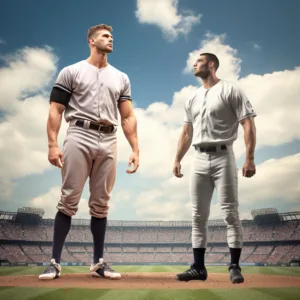 In professional baseball, there's a Pitcher Body Height Comparison that plays a crucial role in scouting a pitcher. Many assume that taller pitchers are superior due to the extended reach of their arms and a more imposing presence on the mound, which could potentially intimidate batters. These perceived advantages are thought to translate into better pitching effectiveness and greater resilience against injuries. However, such assumptions may not necessarily hold up when scrutinized against empirical data. This article aims to rigorously analyze the impact of a pitcher's height on their performance and longevity in Major League Baseball (MLB), challenging conventional wisdom with statistical evidence to determine whether height truly makes a difference in the high-stakes arena of professional baseball.
In professional baseball, there's a Pitcher Body Height Comparison that plays a crucial role in scouting a pitcher. Many assume that taller pitchers are superior due to the extended reach of their arms and a more imposing presence on the mound, which could potentially intimidate batters. These perceived advantages are thought to translate into better pitching effectiveness and greater resilience against injuries. However, such assumptions may not necessarily hold up when scrutinized against empirical data. This article aims to rigorously analyze the impact of a pitcher's height on their performance and longevity in Major League Baseball (MLB), challenging conventional wisdom with statistical evidence to determine whether height truly makes a difference in the high-stakes arena of professional baseball.
Height and Pitching Effectiveness: Pitcher Body Height Comparison
Major League Observations
A detailed review of the performance metrics spanning from 1990 to 2007, which includes critical statistics like strikeouts per nine innings, walks per nine innings, and ERA (Earned Run Average), reveals a surprising trend: the height of a pitcher seems to have no significant influence on these key performance indicators. Even with the application of advanced statistical methods such as linear regressions and chi-square tests, the results indicate very low r-square values. This lack of strong correlation strongly suggests that a pitcher's height does not have substantial predictive power over their effectiveness in games. This insight challenges traditional beliefs about the physical advantages purportedly offered by taller stature.
Analyzing the Data
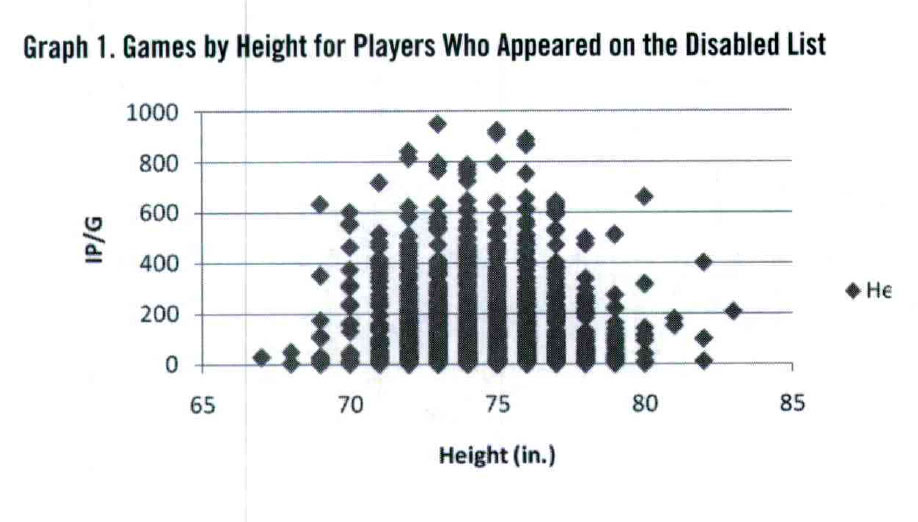
Delving deeper into the statistical analysis sheds more light on this finding. The most notable data point is the highest r-square value recorded at just 0.5% for the statistic of strikeouts per nine innings among starting pitchers. This value is extremely low, indicating a very weak relationship between a pitcher's height and their ability to strike out batters. Such a negligible statistical impact is consistent not only among starting pitchers but also extends to relief pitchers. This uniformity across different pitching roles further reinforces the conclusion that height is not a determinant of success at the MLB level. This challenges the conventional scouting wisdom and suggests that teams might need to reconsider how they evaluate pitcher prospects based on physical attributes alone.
Durability and Longevity: Pitcher Body Height Comparison
Career Longevity
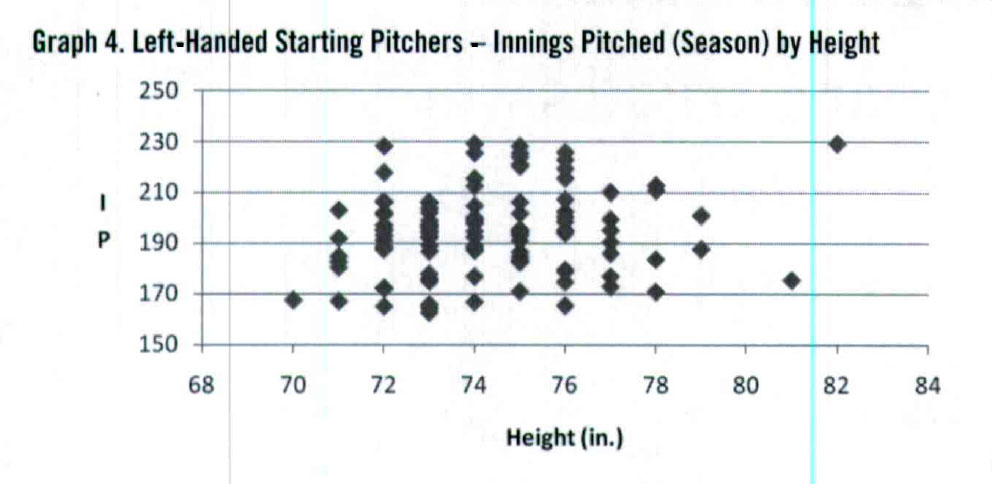
One critical question in the assessment of baseball pitchers is whether height correlates with career durability—that is, the ability of pitchers to maintain performance over many seasons without succumbing to injuries. When analyzing data concerning pitchers who qualified for the ERA title across multiple seasons and those with considerable game appearances, there appears to be no significant difference in career longevity between taller and shorter pitchers. This finding is crucial as it challenges the common perception that taller pitchers enjoy longer and more durable careers solely due to their physical stature. Such insights suggest that other factors, perhaps related to training, pitching style, or individual physiology, are more critical in determining a pitcher's career duration than merely their height.
Injury Analysis
Exploring injury data from 1994 to 2007 provides further insights into the durability debate. Contrary to the widespread belief, shorter pitchers do not exhibit a higher incidence of injuries. The records indicate that the occurrence of injuries—ranging from minor to severe—does not align with differences in pitcher height. This includes detailed metrics such as the amount of time spent on the disabled list and the specific types of injuries encountered. These findings effectively dismantle the myth that taller pitchers are more robust and less prone to injuries. The lack of a significant relationship between height and injury rates supports the notion that a variety of complex factors, with height playing a minor or no role, affect baseball durability. This underscores the need for a more nuanced approach to evaluating pitcher resilience, focusing on individual health, conditioning, and recovery processes rather than attributing durability to physical height alone.
Projectability and Recruitment: Pitcher Body Height Comparison
Drafting Trends
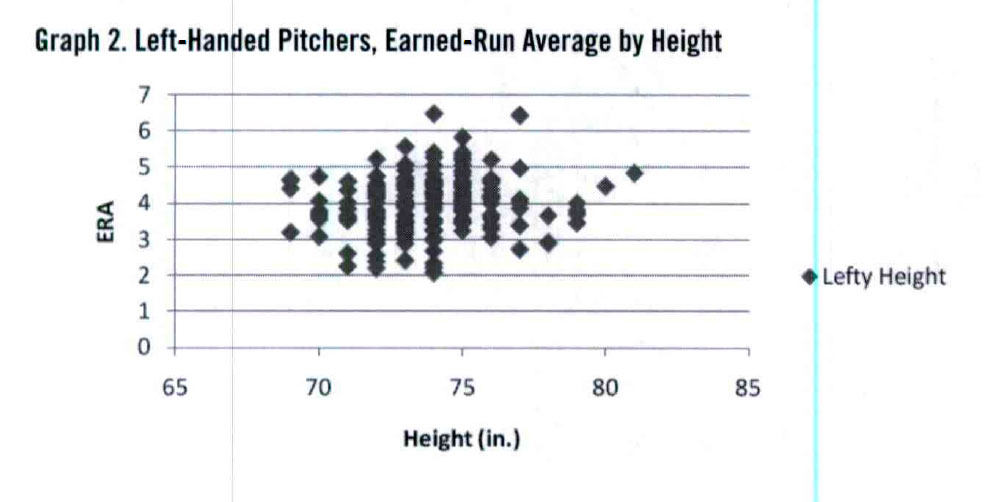
In baseball scouting, "projectability" is a key term often associated with taller pitchers, rooted in the belief that they possess inherent advantages that will translate into success at higher levels of the sport. This assumption suggests that taller pitchers are likely to be drafted in earlier rounds based on their potential for improved velocity and stamina as they develop. However, an analysis of data from the Rule 4 amateur draft reveals a different narrative: there is no significant statistical correlation between a pitcher's height and their success in reaching higher professional levels or ultimately succeeding in the Major Leagues. This insight challenges traditional scouting ideologies and suggests that the criteria for drafting could benefit from a reassessment, focusing more on skill and performance rather than physical attributes.
Impact on Scouting
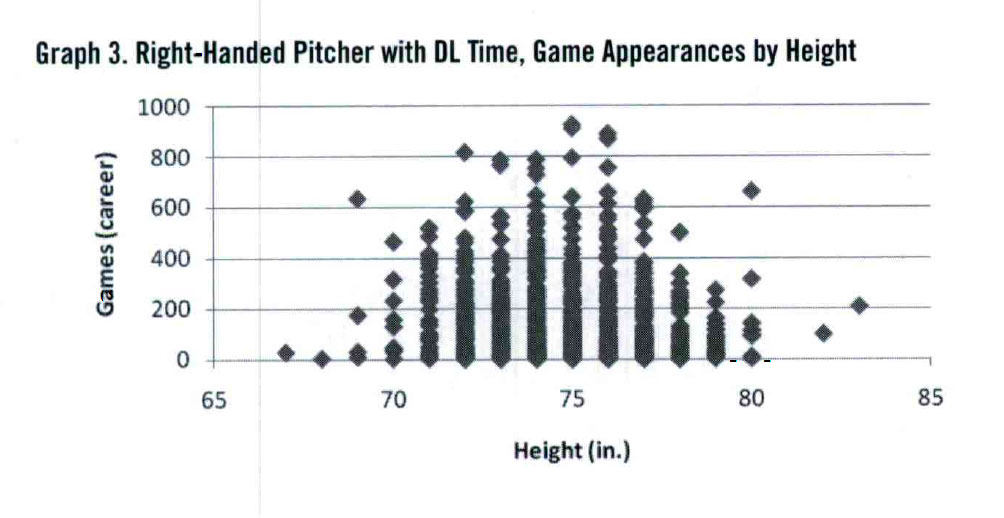
The prevailing scouting practice has a marked preference for taller pitchers, influenced by the conventional wisdom that attributes like height correlate with better pitching capabilities such as higher velocity and greater stamina. This bias can lead to a skewed recruitment process where shorter pitchers who possess comparable skills and potential are frequently undervalued and overlooked. The data indicates that this bias is unfounded, as height does not conclusively impact a pitcher's professional achievements or longevity. The implications for scouting are significant, highlighting the need for scouts to adopt a more balanced and empirical approach in evaluating prospects. By shifting focus to a more data-driven evaluation process that prioritizes actual performance metrics over physical appearance, teams can broaden their talent pool and potentially uncover undervalued athletes who could contribute significantly to their success. This could lead to more equitable opportunities for pitchers of all statures, fostering a more inclusive and competitive environment in baseball.
Conclusions from the Data
The comprehensive analysis of multiple decades of MLB data clearly illustrates that height does not significantly impact a pitcher's effectiveness, durability, or likelihood of making it to the majors. This challenges long-held beliefs in baseball scouting and suggests a potential reevaluation of how players are assessed and valued based on physical characteristics alone.
Rethinking Height in Baseball: Pitcher Body Height Comparison
 The traditional metrics and stereotypes in baseball scouting need a fresh perspective, particularly regarding the height of pitchers. Historical biases towards taller pitchers have often overshadowed the potential and capabilities of those who do not meet this conventional standard. However, the remarkable careers of pitchers like Pedro Martinez and Tim Lincecum offer compelling evidence that exceptional talent is not confined to a specific physical profile. These athletes, though not fitting the typical mold of height, have demonstrated that skill, technique, and mental acuity often outweigh pure physical attributes in determining success on the mound.
The traditional metrics and stereotypes in baseball scouting need a fresh perspective, particularly regarding the height of pitchers. Historical biases towards taller pitchers have often overshadowed the potential and capabilities of those who do not meet this conventional standard. However, the remarkable careers of pitchers like Pedro Martinez and Tim Lincecum offer compelling evidence that exceptional talent is not confined to a specific physical profile. These athletes, though not fitting the typical mold of height, have demonstrated that skill, technique, and mental acuity often outweigh pure physical attributes in determining success on the mound.
This shift in perspective requires baseball scouts and executives to adopt a more inclusive and holistic approach to evaluating talent. By focusing on a diverse set of metrics that assess a pitcher's actual performance and potential beyond mere physical stature, teams can uncover and capitalize on the skills of shorter pitchers who might otherwise be overlooked. Such an approach not only broadens the talent pool but also enhances the competitive dynamics within the sport by fostering a culture where talent, regardless of size, is given its due recognition and opportunity.
Furthermore, embracing this broader perspective could lead to innovations in training, development, and strategies that tailor approaches to maximize each pitcher's strengths rather than conforming to outdated ideals. This could revolutionize team compositions and game strategies, as diverse pitching styles and capabilities are integrated into the tactical frameworks of teams.
In conclusion, it is essential for the future of baseball that the industry moves beyond outdated stereotypes about height. Recognizing and nurturing talent in all its forms not only leads to a more dynamic and competitive league but also ensures that all athletes have the opportunity to showcase their abilities and contribute to the sport at the highest levels.
Conclusion: Pitcher Body Height Comparison
The myth that taller pitchers are better performers or more durable does not hold up against statistical scrutiny. This insight should encourage a more inclusive and objective approach to scouting and player development in baseball, ensuring that talent, irrespective of height, is given the opportunity to shine.
Overcoming Height Challenges in Pitching with TopVelocity Products
Height has traditionally been considered a significant factor in pitching success. However, thanks to advancements in training technology and methodologies, products like those available from TopVelocity give pitchers of all heights the tools they need to succeed at the highest levels of baseball. Here's a look at some of the revolutionary products that help break the stereotype that taller is better in the pitching world:
 3X Velocity Development Kit with Trunk Excelerator
3X Velocity Development Kit with Trunk Excelerator
The 3X Velocity Development Kit with Trunk Excelerator is designed to enhance core strength and stability, which are crucial for maximizing pitching velocity and accuracy. The Trunk Excelerator focuses on developing the rotational power necessary for high-velocity pitching, making it an ideal tool for athletes looking to improve their performance irrespective of their height.
 3X Velocity Development Kit with Stride Excelerator
3X Velocity Development Kit with Stride Excelerator
Another key offering is the 3X Velocity Development Kit with Stride Excelerator, which targets the optimization of a pitcher's stride length and leg strength. By enhancing the mechanics of the stride, pitchers can achieve greater velocity and control, helping to level the playing field between taller and shorter athletes.
 TopVelocity Exceleration Package
TopVelocity Exceleration Package
The TopVelocity Exceleration Package combines the best of both stride and trunk acceleration technologies. This comprehensive package is designed to holistically develop a pitcher's mechanics and physical capabilities, pushing the boundaries of their natural abilities regardless of height.
 Top Velocity Elite Development Kit (13 and Up)
Top Velocity Elite Development Kit (13 and Up)
For older athletes, the Top Velocity Elite Development Kit offers advanced tools tailored for those aged 13 and up. This kit includes specialized equipment and training programs that focus on refining pitching techniques and increasing muscle strength, which are essential for competitive performance.
 Top Velocity Youth Development Kit (12 and Under)
Top Velocity Youth Development Kit (12 and Under)
For younger athletes, the Top Velocity Youth Development Kit provides age-appropriate training tools that nurture a young pitcher's skills from an early age. By focusing on the fundamentals and incorporating age-specific strength and conditioning programs, this kit helps set a solid foundation for future success.
Why TopVelocity Offers the Best Tools for Overcoming Height Disadvantages
TopVelocity's range of products addresses the key components of pitching that can help any athlete overcome natural height disadvantages. By focusing on core strength, stride optimization, and overall pitching mechanics, these tools help develop a pitcher's ability to maximize their performance based on skill and physical fitness rather than height. Moreover, the emphasis on proper technique and strength building contributes to reducing the risk of injury, allowing pitchers to maintain a consistent and long-lasting career. Through these innovative training solutions, TopVelocity empowers pitchers of all sizes to reach their maximum potential, proving that height does not define a pitcher's success.
FAQs: Pitcher Body Height Comparison
Does height affect a pitcher's velocity?
No, velocity is more closely related to mechanics and arm speed than to height. Although taller pitchers often have longer limbs which can contribute to a longer stride and potentially more leverage, it's the quality of their pitching mechanics and the speed of their arm action that primarily determine how fast they throw. Effective training and technique refinement are crucial for increasing a pitcher's velocity.
Are taller pitchers more intimidating on the mound?
While taller pitchers may appear more intimidating due to their physical stature, this perceived advantage does not necessarily translate into better performance. Statistical analysis shows that performance metrics such as ERA, strikeout rates, and win-loss records do not correlate significantly with a pitcher's height. Therefore, the intimidation factor, while potentially impactful in some specific cases, is not a reliable indicator of overall pitching success.
Can a shorter pitcher be as successful as a taller pitcher in MLB?
Yes, success in MLB is based on skill, training, and execution, not height. Many shorter pitchers have had highly successful careers in the majors, demonstrating that skills like pitch control, strategic thinking, and mental toughness are more indicative of success than physical height. The achievements of shorter pitchers in high-leverage situations and their ability to perform under pressure further underscore that success is achievable at any height.
Should MLB teams reconsider how they scout pitchers?
Absolutely, teams should focus more on skill metrics and less on physical attributes like height. Modern scouting should incorporate advanced analytics and biomechanical assessments that provide a more comprehensive evaluation of a pitcher's abilities and potential. By emphasizing skills such as pitch diversity, control, and adaptability in game situations, teams can make more informed decisions that are not biased by traditional stereotypes.
How does this information impact the future of scouting?
This shift in perspective could revolutionize the scouting process, making it more equitable and focused on performance data and skill assessment over physical stereotypes. By prioritizing actual performance metrics and potential indicators over traditional biases, scouts can identify and nurture talent more effectively, regardless of a player's physical attributes. This approach not only levels the playing field for all athletes but also enhances the competitive quality of baseball by ensuring that the best players, irrespective of size, have the opportunity to shine.


 3X Velocity Development Kit with Trunk Excelerator
3X Velocity Development Kit with Trunk Excelerator 3X Velocity Development Kit with Stride Excelerator
3X Velocity Development Kit with Stride Excelerator TopVelocity Exceleration Package
TopVelocity Exceleration Package Top Velocity Elite Development Kit (13 and Up)
Top Velocity Elite Development Kit (13 and Up) Top Velocity Youth Development Kit (12 and Under)
Top Velocity Youth Development Kit (12 and Under)